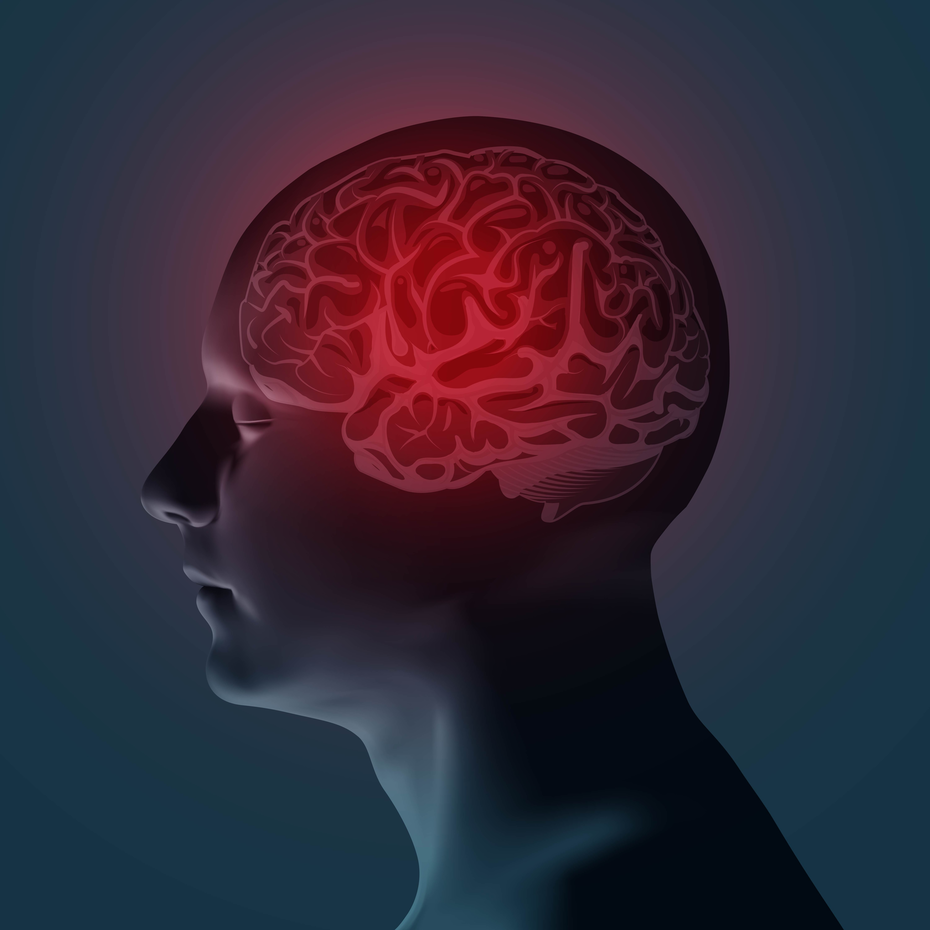Article
Long-term Ingrezza Found Safe for Tardive Dyskinesia
Author(s):
Researchers gauged 3 pooled study results to consider the safety and tolerability of marketed valbenazine for TD.

To determine the long-term safety and tolerability of valbenazine (Ingrezza) in schizophrenia, schizoaffective disorder, or mood disorder patients with tardive dyskinesia (TD) caused by treatment with antipsychotic agents, researchers recently analyzed pooled results from 3 KINECT studies.
The analysis allowed researchers to examine issues of clinical importance in a larger study population, observed Richard Josiassen, PhD (pictured), leader of the analysis team and research professor of psychiatry and psychology at Drexel University College of Medicine.
Valbenazine appeared well tolerated in adults with TD after as many as 48 weeks of treatment, according to the post-hoc analysis.
The patient population for the analysis included 430 valbenazine-treated patients from 3 KINECT studies: 46 patients from KINECT, in which an initial 6-week, double-blind, placebo-controlled phase was followed by a 6-week, open-label phase; 220 patients from KINECT 3, which included a similar initial phase, a 42-week, blinded extension phase, then 4 weeks of drug-free follow-up; and 164 patients from KINECT 4, which included a 48-week, open-label phase, then 4 weeks of drug-free follow-up.
Regarding the analysis population, 72% of had schizophrenia or schizoaffective disorder, 28% had a mood disorder, and 85% were taking an antipsychotic medication.
Assessments included measures of adverse events, laboratory values, and vital signs as well as electrocardiograms (ECG) and extrapyramidal symptom (EPS) scale scores. Mean changes in laboratory values, vital signs, ECG, and EPS scale scores from baseline to end of treatment were minimal and not clinically significant.
Treatment-emergent adverse events, most commonly urinary tract infection, headache, and somnolence, occurred in 67% of patients in the analysis population, and discontinuations from adverse events occurred in 15%. The incidence of these events was lower in the subgroup with schizophrenia or schizoaffective disorder (64%) than in the subgroup with a mood disorder (72%).
In addition, in the subgroup with schizophrenia or schizoaffective disorder, psychiatric stability was monitored by using standardized scales for positive and negative schizophrenic syndromes and for depression in schizophrenia. In the subgroup with mood disorders, it was monitored by using depression and mania rating scales. Mean change in scores on these scales from baseline to the end of treatment indicated that both diagnostic subgroups maintained psychiatric stability.
“It appears that valbenazine can be safely co-administered with conventional psychiatric medications, both in terms of drug-drug interactions and possible destabilizing effects on psychiatric symptoms,” Josiassen said.
These findings are particularly important because most patients with TD need to continue taking antipsychotic medication. In addition, TD tends to be chronic, and a companion analysis of long-term KINECT efficacy data by Josiassen and colleagues showed that TD symptoms re-emerge after patients stop taking valbenazine. Thus, TD requires continued treatment with valbenazine for long-term symptom control.
The report, “Long-term safety and tolerability of valbenazine (NBI-98854) in subjects with tardive dyskinesia and a diagnosis of schizophrenia or mood disorder,” was published in Psychopharmacology Bulletin in August.





